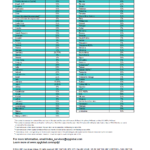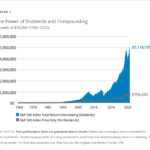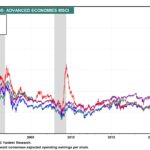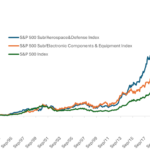Oil prices have been stable up until recently at around $110 price per barrel and $100 seemed to be the floor.However since mid-June this year prices have plunged dramatically to below $60 per barrel. On Friday Brent crude oil closed at $61.38 for February, 2015 delivery on the NYMEX.
There are many ways to profit from the decline in oil prices. One way is to buy the stocks of major oil producing giants such as BP Plc(BP), Royal Dutch Shell PLC (RDS.A, RDS.B), Exxon Mobil Corp (XOM), Total SA (TOT), etc as their stock prices are cheaper at current levels and they have attractive dividend yields as well.This strategy is not the best move since there is no guarantee that oil prices will quickly recover and dividend payments may be cut when earnings take a hit. A better way to take advantage of the lower oil prices is to invest in companies operating in the consumer staples and consumer discretionary sectors. As consumers spend less on gasoline they are left with extra cash to spend on consumer goods and services.
From a recent article by UK-based Clare Hart, Manager of the JPMorgan US Equity Income Fund:
Given the significant recent decline in oil prices and subsequent market volatility, it is worth considering what this means for investors in US equities.
With the exception of the very end of last week, US equity markets have for the most part continued to grind higher as investors have shrugged off the vicious collapse in crude oil prices and instead focused on increasing central bank accommodation and continued strength in the US economy.
In our view, lower oil prices should also act as a beneficial tail wind for the US consumer. US families with income below $50,000 (£32,000) on average spent about 20-25 per cent of their total household income on energy.
Further, approximately 60 per cent of Americans spent nearly 15 per cent of their discretionary spending on gas. Lower energy bills should leave consumers with more dollars in their pockets to spend on goods and services, which should benefit overall consumer spending.
Source: What falling oil prices can mean for US equity dividend investors, Dec 19, 2014, Money Observer
Generally one could go no wrong investing for the long-term in consumer staples companies.Even when gasoline prices were much higher they were able to generate solid earnings and pay decent dividends consistently.
Ten U.S. stocks in the consumer staples sector are listed below with their current dividends for consideration:
1.Company: Kellogg Co (K)
Current Dividend Yield: 2.93%
Sector:Food Products
2.Company: General Mills Inc (GIS)
Current Dividend Yield: 3.05%
Sector: Food Products
3.Company:Colgate-Palmolive Co (CL)
Current Dividend Yield: 2.06%
Sector: Household Products
4.Company:Procter & Gamble Co (PG)
Current Dividend Yield: 2.80%
Sector: Household Products
5.Company: Mondelez International Inc(MDLZ)
Current Dividend Yield: 1.61%
Sector: Household Products
6.Company:Kraft Foods Group Inc(KRFT)
Current Dividend Yield: 3.46%
Sector: Household Products
7.Company:Campbell Soup Co(CPB)
Current Dividend Yield: 2.82%
Sector: Household Products
8.Company: ConAgra Foods Inc(CAG)
Current Dividend Yield: 2.71%
Sector: Household Products
9.Company:The Clorox Co (CLX)
Current Dividend Yield: 2.83%
Sector:Household Products
10.Company: Kimberly-Clark Corp (KMB)
Current Dividend Yield: 2.90%
Sector: Household Products
Note: Dividend yields noted above are as of Dec 19, 2014. Data is known to be accurate from sources used.Please use your own due diligence before making any investment decisions.
Disclosure: Long GIS



